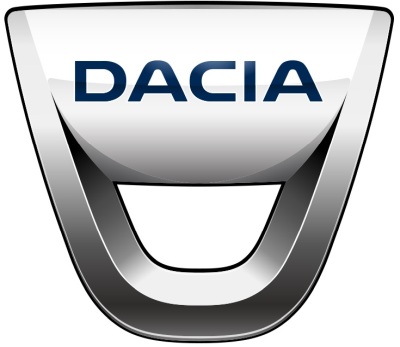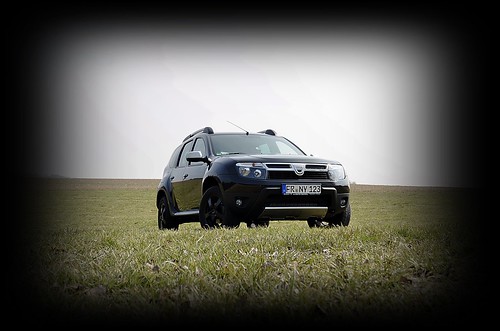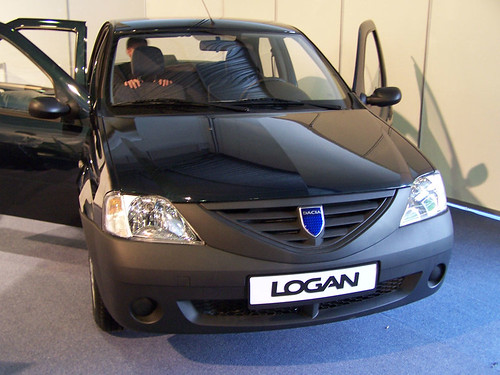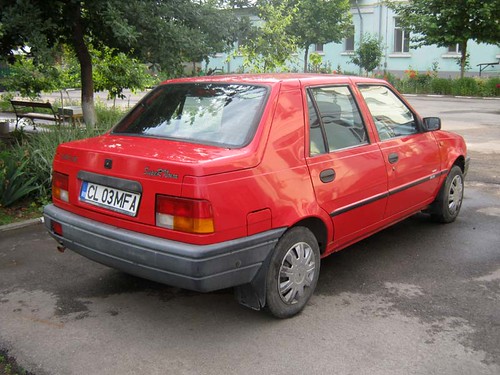
Interesting Facts About Dacia You Probably Don’t Know – Common Problems – and PDF Manuals for Download…
If you keep a no-nonsense approach during shopping, odds are that you are probably familiar with Dacia.
This Romanian car manufacturer, now under the ownership of the French Renault Group, has built a reputation of building sound no-frills cars that come with only the features that are actually needed and used by most people.
Even though today the brand has built a reputation of building practical cars for those who do not wish to spend money on stuff they will rarely use, it did make quite a few fancy cars in its earlier years.
Dacia had its origins in the communist era Romania and the name ‘Dacia’ refers to the geographical region. Dacia was founded in 1966, then known as Uzina de Autoturisme Pitești (UAP).
In the early days, the car license produced various models developed by Renault under license.
Also, the long running 1300 series of cars first started rolling off the production line in 1969. Dacia was always a prominent participant in many of the auto exhibitions in Bucharest. Back then, its cars were considered classy and quitter reliable.
Some of it models had features like radio, heated rear windscreen, side mirrors and luxurious upholstery. These features were cutting edge and quite generous for its day and especially in its market.
In fact, some of its cars were so rare and were considered to be in such high regard that they were reserved for use by high ranking communist officials.
Its partnership with Renault also included assembling vehicles from complete knock down kits supplied by Renault.
During the communist regime, exports were very limited. The company tried a few variations based off of Renault’s designs, and the long running 1300 series and its derivatives were the mainstays of Dacia’s market offerings.
In the mid-1980s, Dacia started development on its own designs independent of Renault. It took a long time, until the mid-1990s for these efforts to come to fruition in the form of the Dacia Nova, which unfortunately by then had an outdated design.
The viability of export increased after the fall of communism and opening up of the markets, especially after Romania’s entry into the European market.
Consequently, older models had to be phased out to adopt newer ones, and the 1300 series was finally ended after a 34-year long production run and close to 2 million cars produced, making it the most widespread car in Romania.
The 1300 series had a special significance in Romanian automotive culture, especially demonstrated by the widespread availability of modification packages.
Later, it was superseded by other models like the Logan, which became the most successful model in the 1300 series.
In September 1999, Dacia was acquired by Renault Group. It subsequently increased its investment and more aggressively marketed Dacia into more markets.
It is under Renault’s management that Dacia was heavily marketed in various markets as an affordable, no frills but still well-made cars.
The absence of generous features and sharing components and research costs with Renault have allowed Dacia to offer some really practical cars at an affordable price. Many automobile related publications have noted and commended the sound approach of the brand.
It has a large production facility in Mioveni, Romania capable of producing 350,000 cars annually, making it one of the largest of its kind in the world.
The facility manufactures complete cars as well as complete knock down kits for export outside the EU market.
It also recently added a new testing centre for research and development. Dacia is the largest exporter of Romania, and one of the largest auto manufacturers in Central and Eastern Europe.
Common Dacia Problems
While Dacia cars are well made and usually score pretty well on reliability surveys of past users, certain issues are prevalent. Given the price point of the car, it is unfair to expect the best in terms of material quality and anti-rust treatments. Hence, some problems are more peculiar for Dacia cars.
- Issues in Chassis: Since Dacia cars are sold at a low budget, the chassis does not undergo top quality anti-rust treatments. Hence, rusting from the inside of the chassis is a problem reported by quite a few previous owners.
- Issues in Paint Thickness: The paint thickness is less than ideal for many Dacia cars. For models like the Duster, which are marketed as off-road vehicles, it can cause problems with durability of frame and rust resistance of chassis. The paint may get chipped or worn out at some placed due to excessive mud and rough environment.
- Issues in Quality Control: The quality control of Dacia is not quite perfect, and hence some owners have received vehicles with the poor quality of craftsmanship. Some Duster owners report losing fitting components causing noise, while some Logan owners report screws coming loose or glove box not shutting close.
- Issues in Water Pipe: Leaking of water pipe for cleaning windscreen is a common issue. The plastic used for the water tube can sometimes break down in heat and cause leakage of water.
Conclusion
Once you have any problems, most likely the easy option is to take it to your auto mechanic to have it fixed. However, regular maintenance yourself can significantly reduce the probability of any major issues.
Having a detailed maintenance manual or technical manual will enable you to perform proper maintenance of your car. A manual will help you understand how to take apart a few outer panels to inspect for rust or other damage inside.
If you are able to spot any developing rust or other defects early on, the cost of having them fixed is lower. Also, if you regularly inspect your vehicle, you will be able to spot any defects before your warranty expires.
A manual also describes the common problems for your specific model and exactly where to look for signs of such problems.
Having a proper technical manual or maintenance manual will enable you to conduct proper inspection and maintenance of your car, saving you from the trouble of any major repairs or breakdowns later down the road.
Proper maintenance will also increase the reliability of your vehicle and reduce your overall total cost of ownership.
Purpose of this is to catalog and include one of most comprehensive, useful and accessible “automotive repair PDF manual” database on the web for all Dacia models.
It’s your go-to source for learning all about Dacia – when you can’t find it elsewhere.
To get started, select the intended car model below…






